While India has just started to have its all time high number of Covid-19 affected patients, the travel doesn’t seem to get back on track anytime soon. But there’s a possibility that the government might let some flights to function in phases once the lockdown is lifted.
When that happens, it will not be anywhere close to what traveling via air was like before. The experience will change drastically.
The domestic and international commercial passenger flights in India were suspended from midnight on March 24 for 21 days. However, the government allowed cargo flights, medical evacuation flights and offshore helicopter operations to continue during the period.
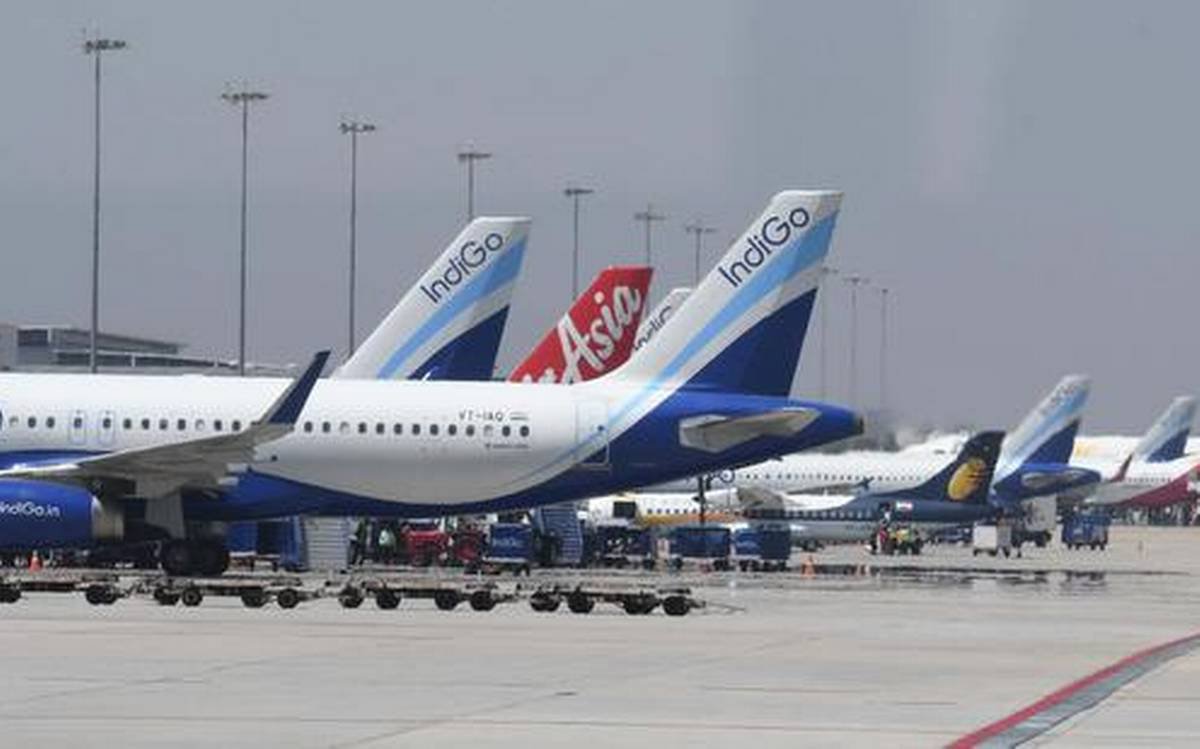
Resumption of international flights will be considered on a case-by-case basis after India’s lockdown ends and will depend on which countries they are coming from. It is said that any incoming flight that aims to bring Indians back home will have to wait until the lockdown is over.
The top 10 airports in terms of passenger movement in India include the four metro cities and Pune, Kochi, Ahmedabad, Hyderabad, Bangalore and Goa are considered to be opened first, followed by those in other cities, and at last international travel.
The idea behind this is to prevent crowding at airports and enable authorities to look out for passengers who might test positive for Coronavirus and take swift action accordingly.
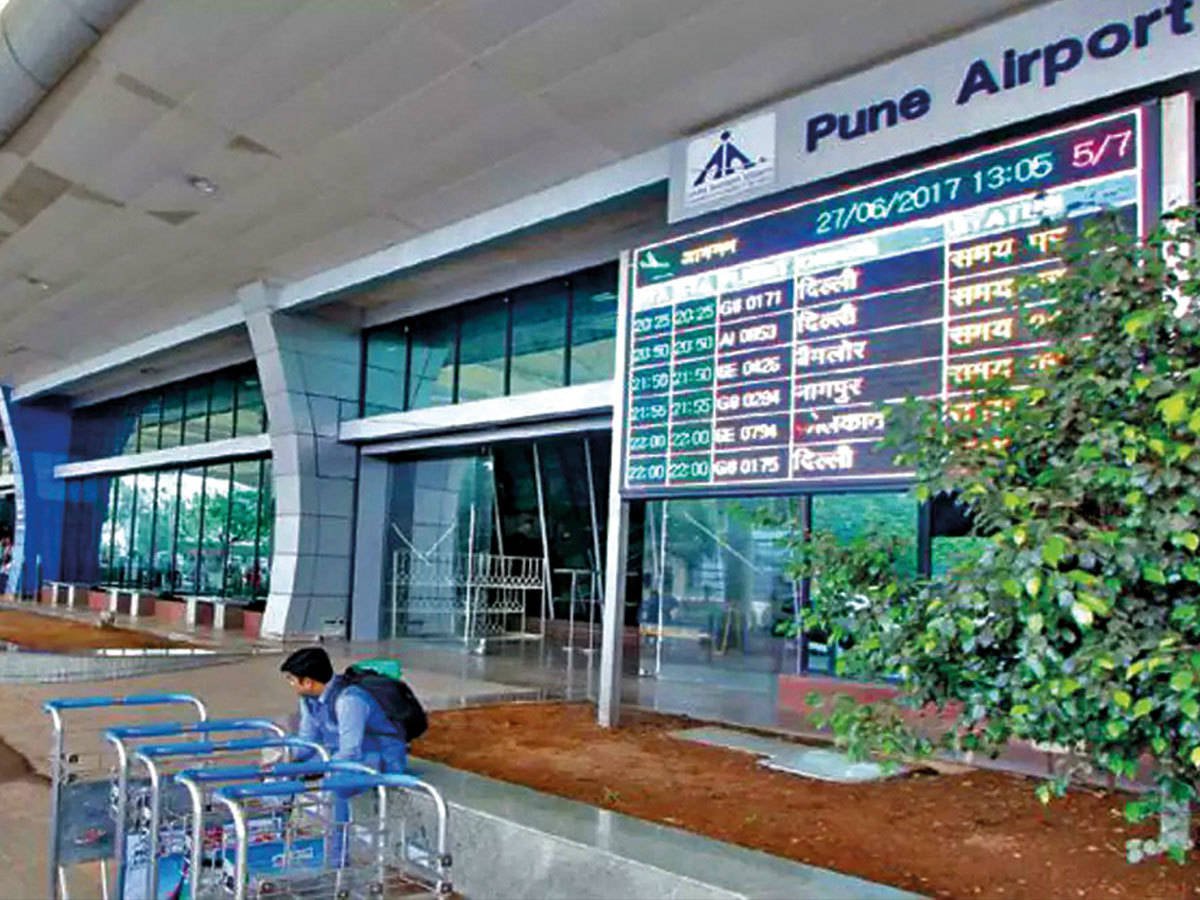
While traveling in a flight, social distancing will have to be maintained and air travel will be far more expensive than it has been in years. Social distancing will begin even before passengers enter the airport.
Personnel from the Central Industrial Security Force (CISF) who are posted at airports will be equipped with thermal temperature scanners and will not allow passengers with a fever to enter the airport.
Queues will be strictly managed with a gap of at least one metre being maintained between passengers. This practice will be maintained during the check-in and security check procedure as well.
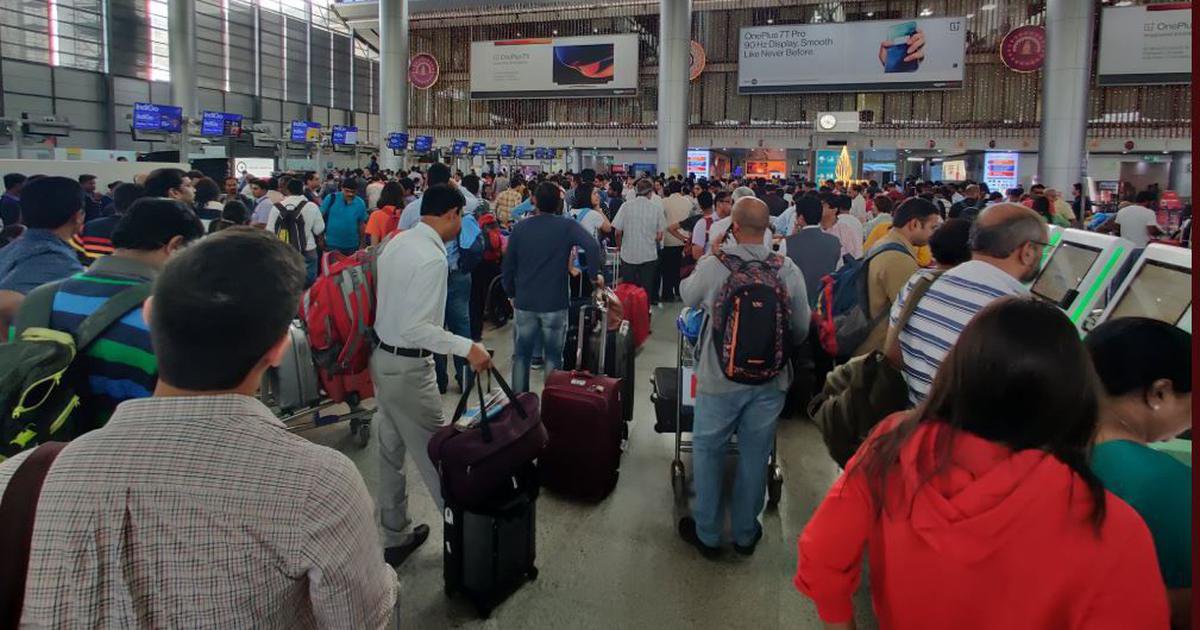
The Standard Operating Procedure being formulated by the Directorate General of Civil Aviation (DGCA) will make it mandatory for airlines to keep all middle seats and the last three rows empty to minimise contact.
This means in a 186-seater Airbus A320 jet, that the country’s largest airline IndiGo flies, only 106 seats can be sold. The step is taken to ensure social distancing even inside the aircraft.
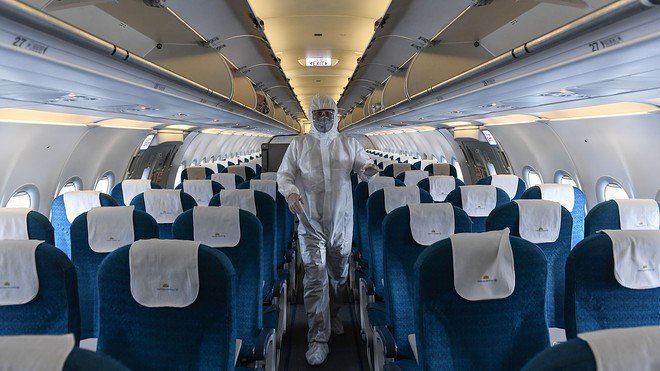
The last three rows will have to be kept empty in order to isolate a passenger if he or she develops symptoms mid-air.
The fact that flights will operate at 50 per cent of their capacity will mean that airlines will need to substantially hike ticket prices. Basic tickets between Delhi and Mumbai could begin at Rs 8,000 to compensate airlines for having to operate at half the capacity of their aircraft.
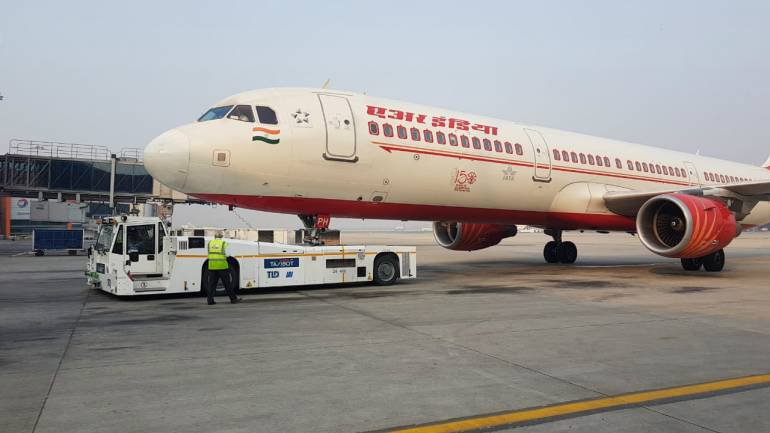
The on-board services will also be minimised to prevent close contact between the cabin crew and the passengers. The crew will be keeping the Pre-packaged dry foods in passenger seats before the boarding starts, there’s also a possibility that the airlines may encourage flyers to carry their own food.
In order to prevent crowding at airports, the regulator is mulling drastic measures, including a ban of duty-free sales.
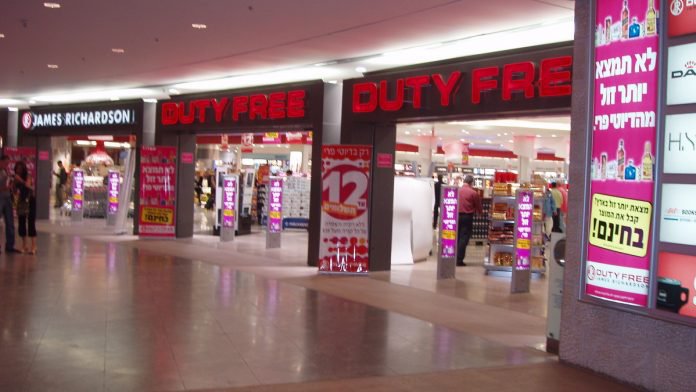
Other measures will include boarding of only three rows at a time to prevent the formation of queues near the boarding gate or aerobridge. Airports will have to ensure two-metre distancing during check-in and security check.
Indian airports will also be asked to make thermal checking of passengers compulsory and limit customer touchpoints. Airlines will have to follow the guidelines till the World Health Organization gives an all-clear signal. Estimates suggest that the aviation industry may have to grapple with the stringent rules for several months after the services resume.
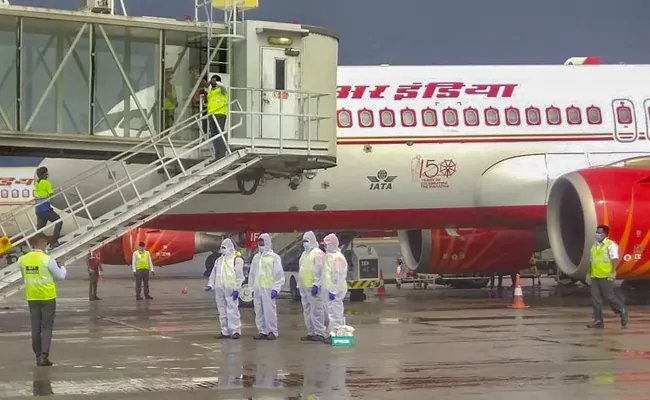
It is argued that such stringent measures will make it viable for the airlines to operate and may logically push up fares significantly. However, with low demand for travel, any drastic increase can pose to be a challenge.

















